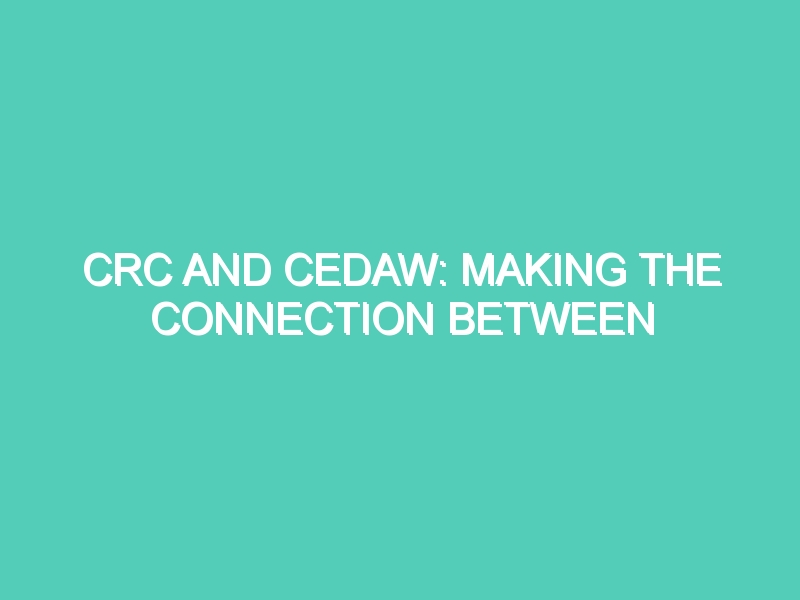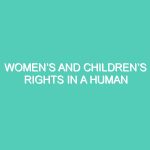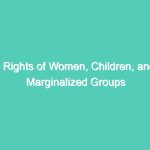Read the Entire Paper here : https://www.unicef.org/gender/files/CRC_and_CEDAW_Facilitators_Guide-small.pdf
Throughout the world, a number of international treaties aim to advance human rights —especially those of vulnerable groups. Two of these, the Convention on the Rights of the Child (CRC) and the Convention on the Elimination of All Forms of Discrimination against Women (CEDAW), are the most widely ratified. The United Nations Children’s Fund (UNICEF) promotes the rights of girls and boys (0 to 18 years old), with a special emphasis on survival, development and protection. The United Nations Population Fund (UNFPA) promotes the right of every woman, man and child to enjoy a life of health and equal opportunity. UNFPA supports countries in using population data for policies and programmes to reduce poverty and to ensure that every pregnancy is wanted, every birth is safe, every young person is free of HIV and AIDS, and every girl and woman is treated with dignity and respect. Ample evidence demonstrates that advancing the rights of women is not only the right thing to do, but also results in an optimum environment in which boys and girls can flourish.1 The standards provided in the CRC and CEDAW are integral to the work of the United Nations (UN) as a whole. Both of these Conventions reinforce human rights principles that are applicable to all human beings. They also address those aspects of social, economic, cultural, civil and political life that require more attention if children and women are to enjoy their rights fully—including the right to nondiscrimination in all areas. Integrating the rights of women and girls with all other human development concerns is supported by the Secretary-General’s call for UN reform. Alongside a series of other recommendations, he described gender equality and human rights as cross cutting issues integral to the work of all UN agencies, including to the achievement of the Millennium Development Goals (MDGs). The aim of this guide is to strengthen the capacity of UNICEF, UNFPA and United Nations Country Teams (UNCTs) to provide national programmes with the tools necessary to promote and protect the rights of women and children. By exploring the links between the CRC and CEDAW, these learning materials reveal the practical implications and added value of utilizing both Conventions to provide strategic entry points through which they can be implemented according to the specific context of individual countries. These materials have been developed and pilot-tested at joint UNICEF- and UNFPA-led workshops and were subsequently revised according to the feedback received.



